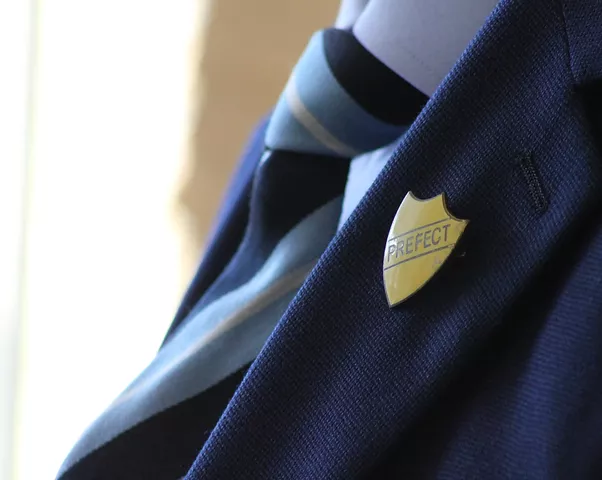Even though most students now have the choice to wear more comfortable attire to school, the debate between uniforms and regular clothing continues. The majority of students who attend Naples High enjoy the freedom to express themselves differently, while others would favor uniforms to avoid being judged or made fun of.
School uniforms were first introduced during the 16th century in the United Kingdom, starting a controversial trend in schools. Although uniform styles have changed over the decades, some school districts still practice dress code policies today, causing neutral clothing to be the norm in these classrooms.
According to Young Fashion, a traditional school dress code does not allow jeans, so pants have to be trousers or khakis. Athletic shoes and sandals are also prohibited, forcing students to wear loafers and shined shoes with strings and socks.
“I like that I have the ability to change my outfits and be myself,” junior Lexy Phommarinh said. “I do think that no one would get judged about their clothes if we all were to wear uniforms; however, when wearing whatever we want, people find ways to comment on our outfits.”
Uniforms are beneficial when dealing with “distractions” and judgment from peers. They make finding clothes for the next day less time consuming and more affordable, since students do not need to go on long shopping sprees at the start of the year.
“I would like to be able to change my outfits, but wearing school uniforms means that I wouldn’t have to think of what I’m going to wear the next day,” junior Marissa Hill.
Although uniforms do have these advantages, they can also restrict people’s identity, since they are not free to embrace their own style.
“Uniforms would make sure no one felt outcased; however, school uniforms limit individualism,” sophomore Juliana Martinez-Calvillo said.
Generally, having the chance to represent themselves in their own way causes most students to oppose strict dress codes. Despite the level of freedom that such loose policies allow, uniforms may be more successful in lowering the chances of dress code violations. Therefore, supporting or opposing uniforms can have a significant impact on the school environment.
“[With uniforms], you don’t have to stress about what you’re going to wear to school,” junior Ana Frias-Moreno said. “Everyone is wearing the same thing, so that would help people not overthink. You [also] wouldn’t get dress-coded because you are wearing school uniforms.”






